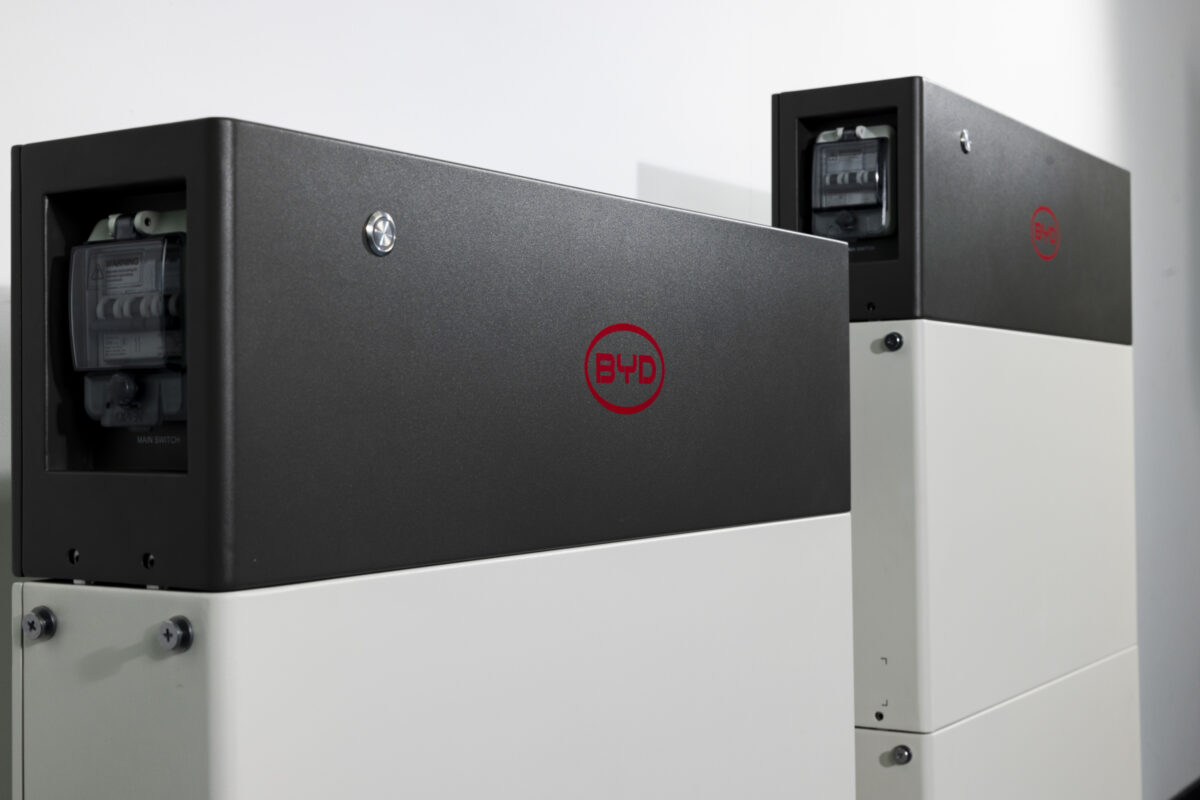Researchers at the Okinawa Institute of Science and Technology Graduate University (OIST) in Japan have fabricated a perovskite solar cell with an electron transport layer (ETL) based on high-quality large-area tin oxide (SnO2) films by using a chemical bath deposition (CBD) process with the addition of potassium permanganate (KMnO).
The scientists explained that potassium (K) ions present in KMnO are able to diffuse into the perovskite material to both enlarge grain size and passivate the grain boundaries. Manganese (Mn) doping, meanwhile, improves both its crystallinity and stability.”In addition to the K and Mn ions diffusing into perovskites, several previous works also demonstrated that the direct incorporation of K and Mn ions into perovskite precursors can improve the perovskite grain size, reduce the hysteresis in resultant solar cells and enhance the thermal stability,” the Japanese group explained, noting that potassium is key in reducing the ionic migration and hysteresis – both known to cause defects and performance issues in the material.
The cell was built by depositing the SnO2 film, the perovskite layer, the spiro-OMeTAD film and a gold electrode via CBD. According to the group, the proposed multifunctional interface engineering resulted in a solar cell with a power conversion efficiency of 21.7%, The cell was then used to produce a 7-cell perovskite module with a size of 5×5 cm and an efficiency of 15.62%, as well as a 14-cell module with a site of 10×10 cm and an efficiency of 11.80%. The academics are convinced that building a module with an area of 22.4 cm2 and the same configuration of the 5x5cm panel could provide result in an efficiency of up to 13.62%.
“This precursor solution passivation in CBD method was demonstrated as a compatible technique for upscalable fabrication of solar modules,” the scientists concluded.
The manufacturing process is presented in the paper Up-Scalable Fabrication of SnO2 with Multifunctional Interface for High Performance Perovskite Solar Modules, published in Nano Micro-Letters.
This content is protected by copyright and may not be reused. If you want to cooperate with us and would like to reuse some of our content, please contact: editors@pv-magazine.com.




1 comment
By submitting this form you agree to pv magazine using your data for the purposes of publishing your comment.
Your personal data will only be disclosed or otherwise transmitted to third parties for the purposes of spam filtering or if this is necessary for technical maintenance of the website. Any other transfer to third parties will not take place unless this is justified on the basis of applicable data protection regulations or if pv magazine is legally obliged to do so.
You may revoke this consent at any time with effect for the future, in which case your personal data will be deleted immediately. Otherwise, your data will be deleted if pv magazine has processed your request or the purpose of data storage is fulfilled.
Further information on data privacy can be found in our Data Protection Policy.